
Are fund managers ready for reinvention?
The opportunity for growth-ready fund managers and asset managers is huge. Are you ready to capture it?

The opportunity for growth-ready fund managers and asset managers is huge. Are you ready to capture it?

The path to robust data management remains an ongoing journey, though there is growing recognition among African investment firms that the time for transformation has arrived, writes Amit Bharakda, Sales Director, Eagle Investment Systems, a BNY Mellon Company
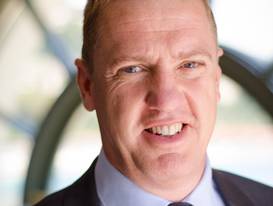
Africa’s funds industry may not have the scale or scope of those in North America or Europe (yet). But the markets are dynamic and evolving rapidly. To keep pace, asset managers will have to evolve too. And one key area of focus must be the efficiency and sophistication of their operational infrastructures.
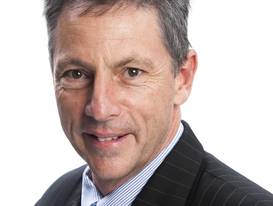
The youngest of three daughters Refilwe Mekwa was born and raised in a small village in Limpopo by her single parent mother, a teacher at a government school and someone who naturally values education and the benefits it brings to people’s lives. Refilwe’s mother made many personal sacrifices so that she could send her daughter to an affordable private school that provided high quality education.

Demographics are shaping the investment attractiveness of Africa’s hotel sector, writes Mthuli Ncube, Head of Research, Quantum Global Group
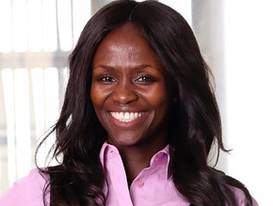
To reach our potential as a Continent we need unprecedented innovation and investment; core to which is the ICT sector and access to affordable, reliable broadband services. The developmental and economic benefits of internet access to economies and especially developing economies is well documented. Undoubtedly, internet access is a critical catalyst to bridging the gap on some of the social needs of the Continent be it in banking, education, government services, entertainment, health etc.

After registering the worst decline in over two decades, economic growth in Africa is showing signs of rebounding, with the continent’s aggregate growth expected to rise to 3.2% in 2018 and 3.5% in 2019. However, as was recently highlighted by the World Bank following their analysis of the state of African economies, improved infrastructure is a key requirement for stimulating this necessary growth. Africa’s critical requirement for core infrastructure, coupled with the increased development of private investment programmes, is driving a strong pipeline of opportunities in infrastructure investment.
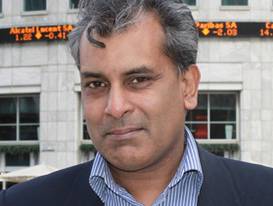
Central banks in the developed world are contemplating an end to their dalliances with quantitative easing. Crucially, the US Federal Reserve announced its intention to commence balance sheet normalisation by ceasing to reinvest maturing principal of its bloated holdings of US Treasury securities and mortgage backed securities. Currently, the Fed’s balance sheet is 25% of US GDP. Normalisation will, therefore, require many years, but there will be important implications for the international cost of capital.

Walk into any conference involving emerging or frontier markets, and the subject of impact is on everyone’s mind. While some organizations have engaged in this type investing for decades, impact investing as a formal discipline developed only over the past 10-15 years. The concept itself is simple: investing into companies, organizations, and funds with the intention to generate financial returns as well as measurable social or environmental impact.

By 2050, the world’s population will exceed 9 billion, and we’ll need to be producing at least 60% more food than we are today. As farmers the world over face increasing environmental threats, where will this additional food come from?
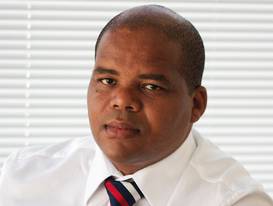
On June 22, 2017, South African Minister of Water and Sanitation Nomvula Mokonyane delivered her National Council of Provinces budget review in parliament.
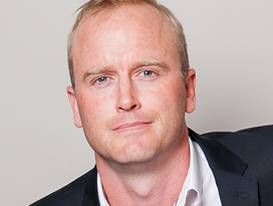
The Fund for Peace, a Washington-based organisation working to prevent violent conflict and promote sustainable security, has published its Fragile States Index (FSI) for 2017. This year’s index indicates that Ethiopia experienced the biggest increase in fragility worldwide over the past year, which is perhaps unsurprising as the country went from relative stability to being rocked by the Oromo protests that spread and threatened to destabilise the regime – resulting in a state of emergency that remains in place. Other African states that showed significant deterioration in their scores included South Africa (6th worst deterioration worldwide), Gabon (11th) and Zambia (16th). However, African countries were also amongst the biggest improvers, with Mali the 5th best improver over the year. The Fund for Peace notes, however, that in Mali’s case the long-term trend indicates that the improvement over the last year was due to “bounce back” from earlier shocks.
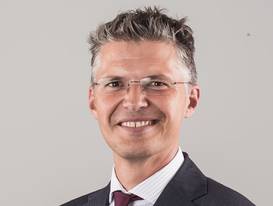
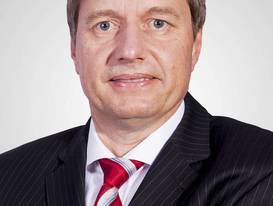
African equity markets experienced an unprecedented decline for just over two years following the peak of the MSCI Emerging and Frontier Markets index for Africa excluding South Africa in September 2014. This followed the collapse of the oil price from its level of over USD 100 per barrel, where it had been for more than three years, as well as weaker commodity prices in general. Investor appetite for emerging and frontier markets reduced as the underlying economies are often considered to be largely driven by commodity exports. This is true for many of these economies, but in Africa there is also a distinction to be made as many African economies are benefiting from improved demographics and better political leadership combined with better economic management.